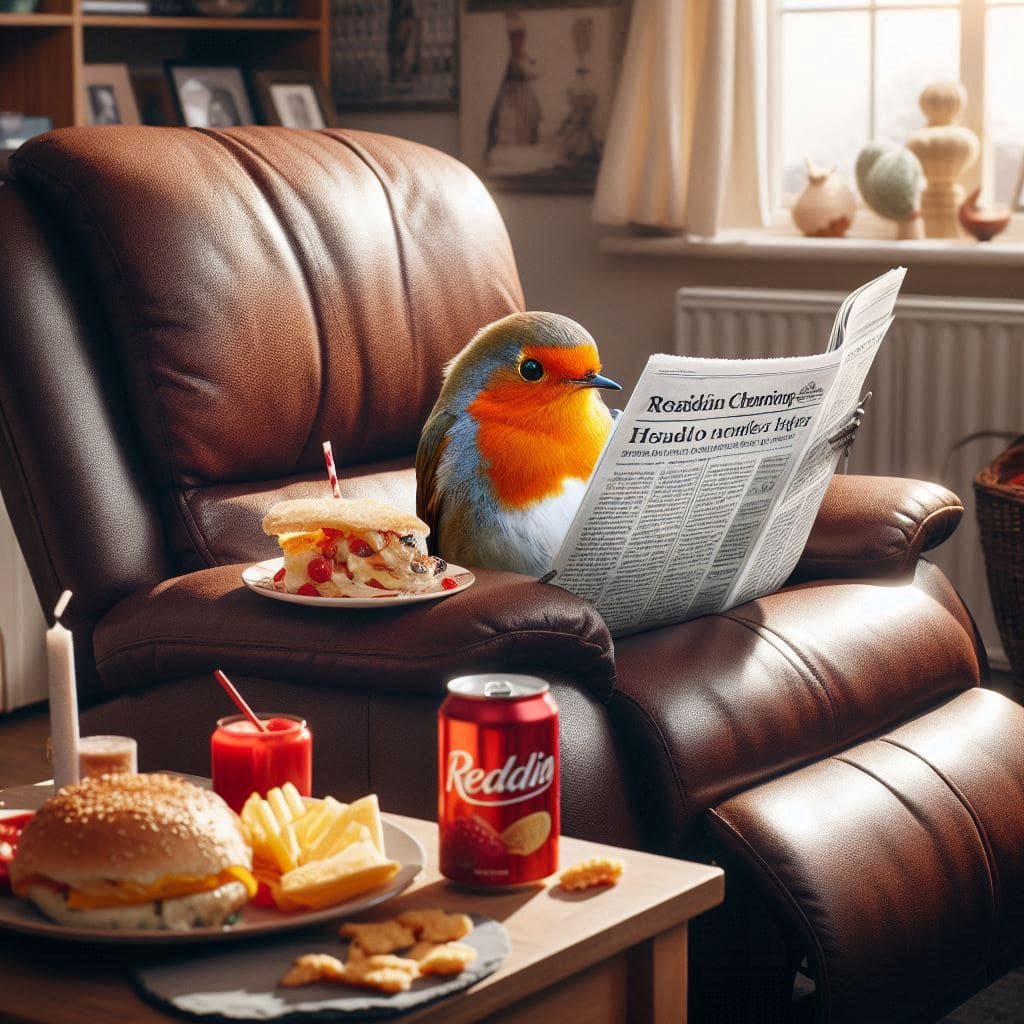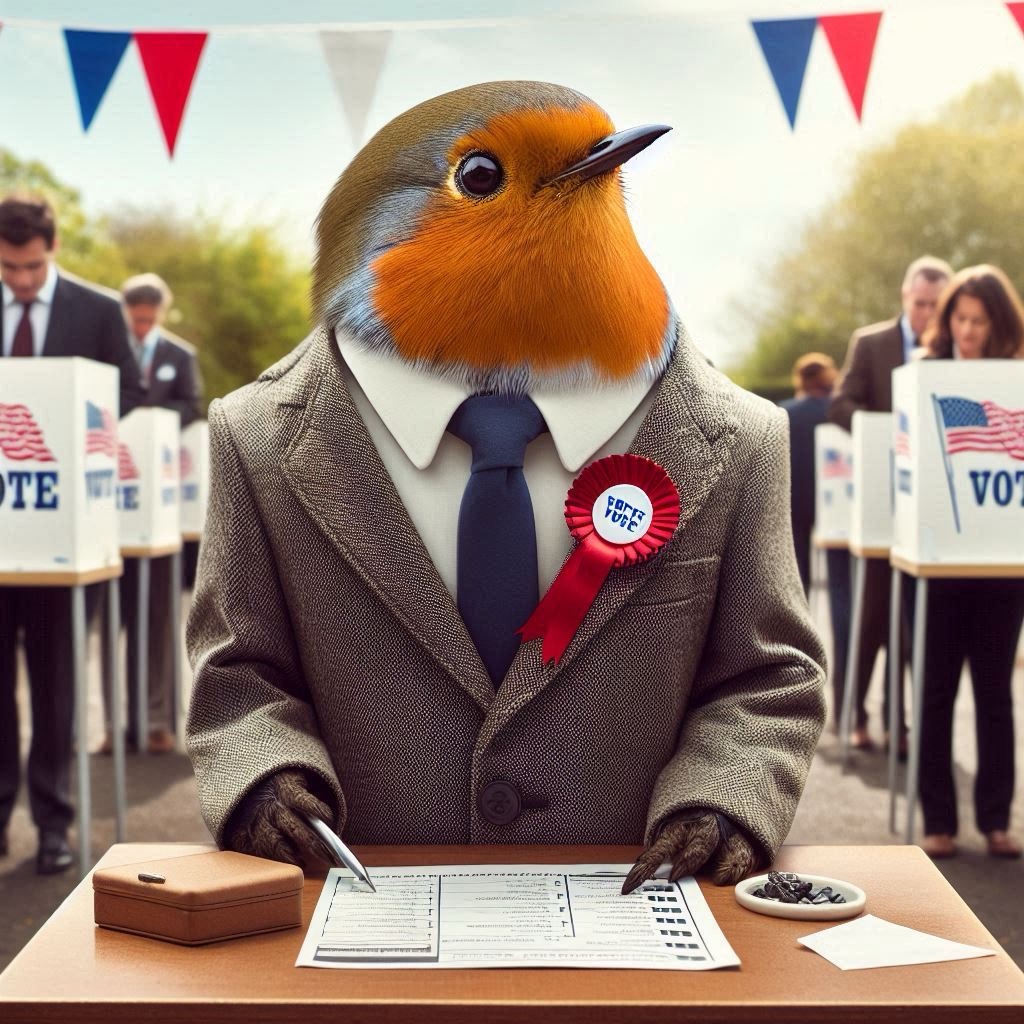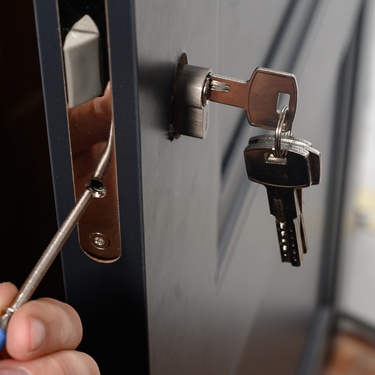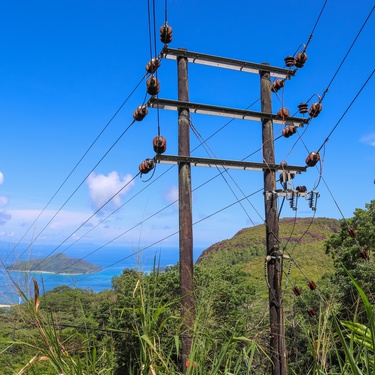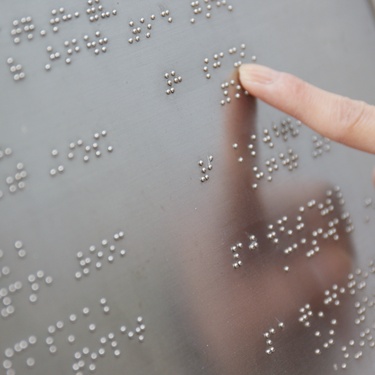
Braille signs ensure accessibility for individuals with visual impairments. However, like all physical objects, these signs are subject to damage over time, compromising their functionality and effectiveness. Understanding the common types of damage to braille signs is essential for maintaining their usability and compliance with accessibility standards. Below, we address some of the most frequent issues with braille signs and explore how to resolve them.
Fading or Wear of Raised Dots
Frequent use can lead to the gradual fading or wearing down of the raised dots on braille signs. Over time, constant contact causes the texture of these dots to diminish, making them harder to read. This is especially common in high-traffic areas such as public buildings and transportation hubs. Regular inspections, along with the use of durable materials during manufacturing, can prolong the lifespan of braille dots and ensure their readability for users.
Surface Scratches
Cleaning and handling are necessary to maintain braille signs, but inappropriate methods can lead to surface scratches. These abrasions can distort the raised dots and compromise their clarity. Using gentle cleaning solutions and soft cloths is key to avoiding this type of damage. Training staff on proper handling practices can also minimize the wear and tear that routine maintenance can cause.
Vandalism
Intentional damage, such as graffiti or scratching, is an unfortunate reality for many public fixtures, including braille signs. Acts of vandalism can destroy the functionality of these signs, leaving them unreadable. Anti-vandal coatings or protective coverings can help deter such damage. Additionally, placing signs in highly visible areas with ample lighting can discourage tampering.
Incorrect Installation
Improper mounting of braille signs can result in them being inaccessible or easily damaged. Signs placed at the incorrect height or angle may not adhere to accessibility standards, reducing their utility. Professionals familiar with compliance guidelines must install signs correctly to ensure both effectiveness and longevity.
Environmental Factors
Outdoor braille signs are particularly susceptible to environmental damage. Exposure to harsh weather conditions, such as rain, snow, and UV rays, can degrade materials and reduce readability. Using weather-resistant materials and installing signs in sheltered locations can reduce the risk of such damage.
Outdated Information
Over time, the information on braille signs may become outdated. Changes in building layouts or updates to accessibility regulations can render existing signs obsolete. Regular audits to ensure signs reflect current standards and accurate information are essential to maintaining their utility.
Understanding the common types of damage to braille signs and addressing them proactively ensures the signs remain effective tools for accessibility. Fixing damaged braille signs or replacing them entirely isn’t just a practical matter; it shows a commitment to inclusivity and equal access for all. If you’re looking to assess the condition of your braille signs or need assistance in upgrading, connect with experts who can guide you through the process.
Bio: Casey is a passionate copyeditor highly motivated to provide compelling SEO content in the digital marketing space. Her expertise includes a vast range of industries from highly technical, consumer, and lifestyle-based, with an emphasis on attention to detail and readability.
